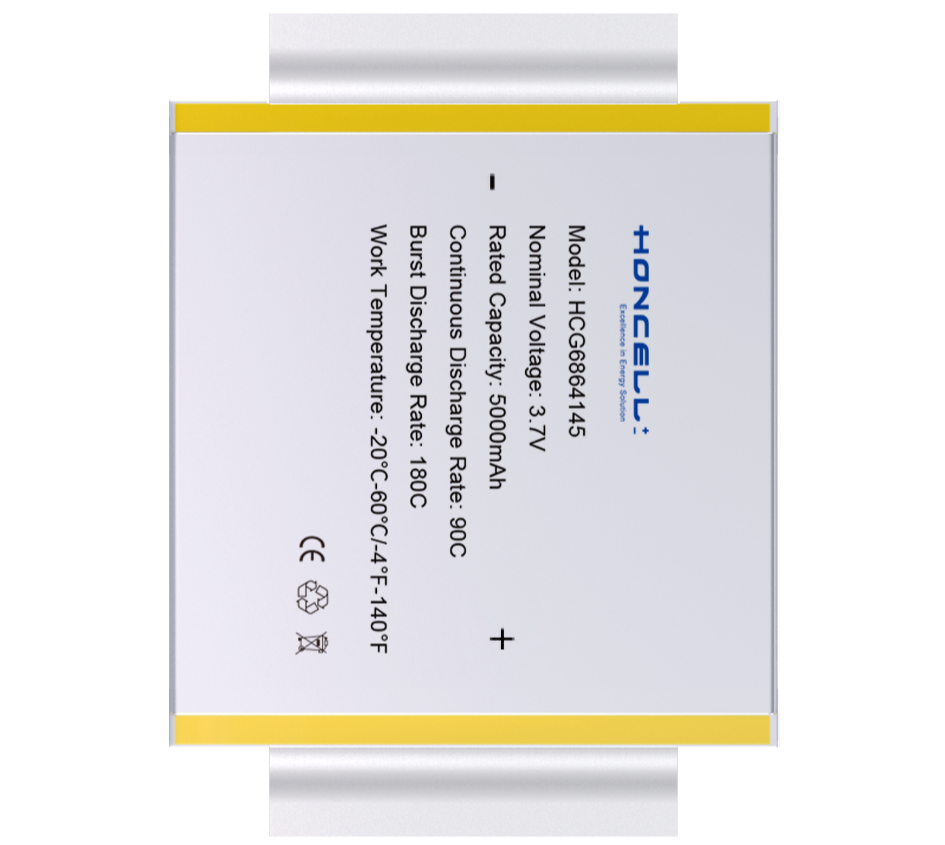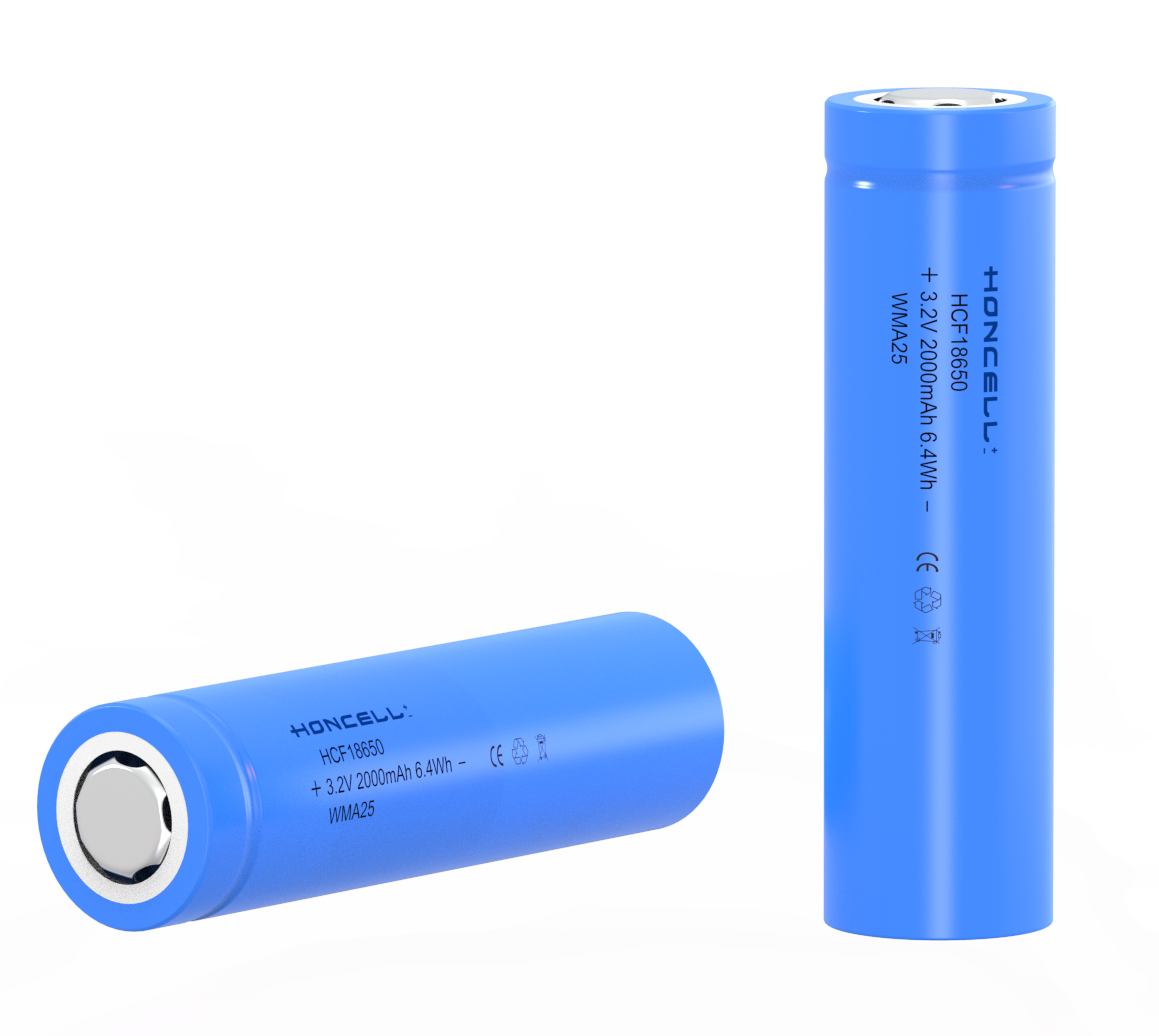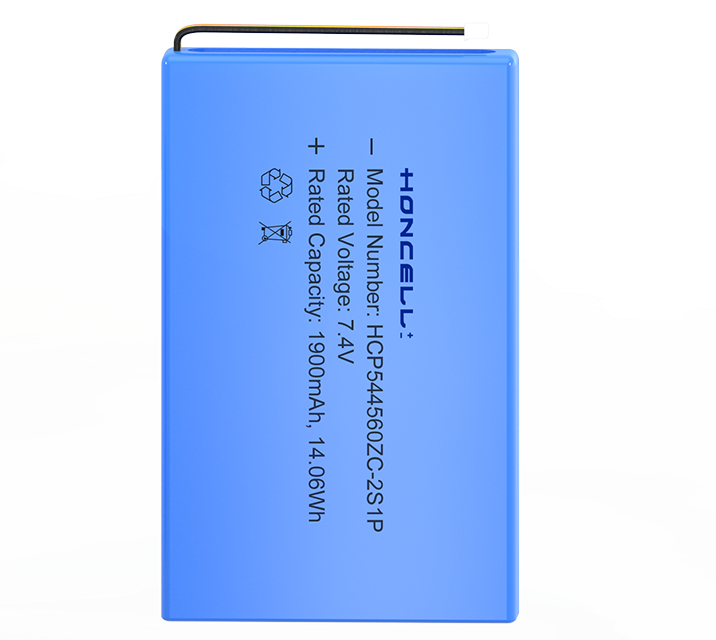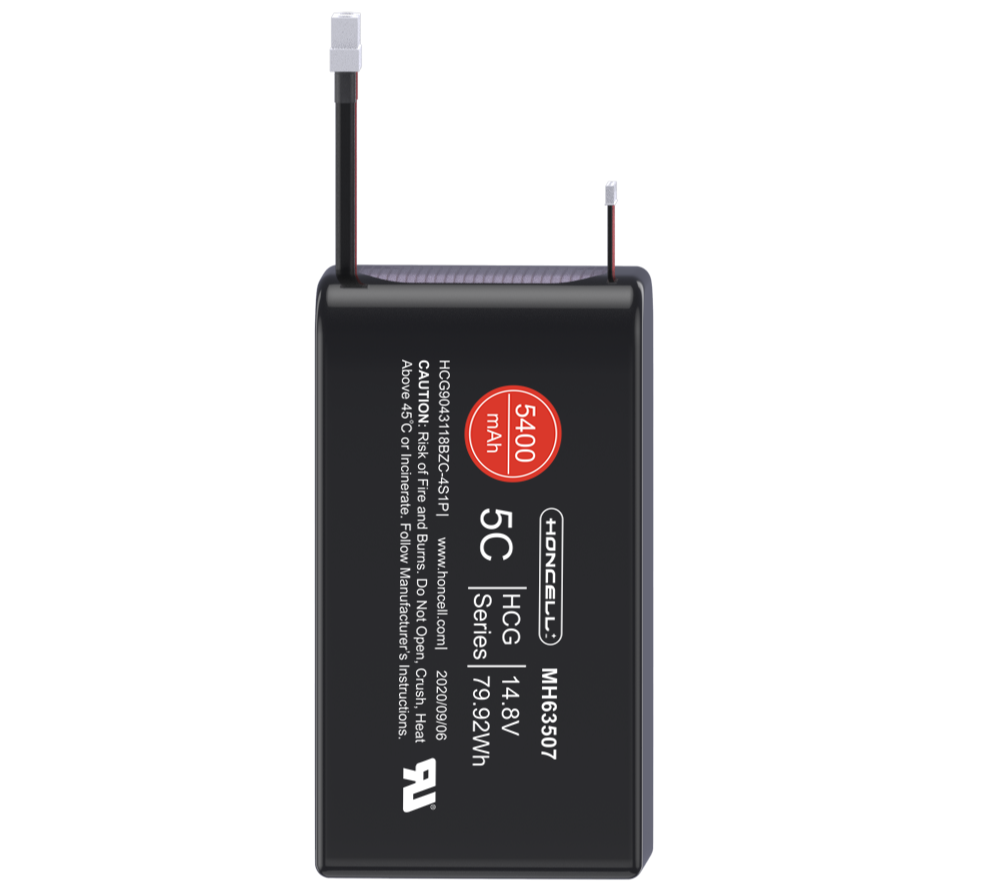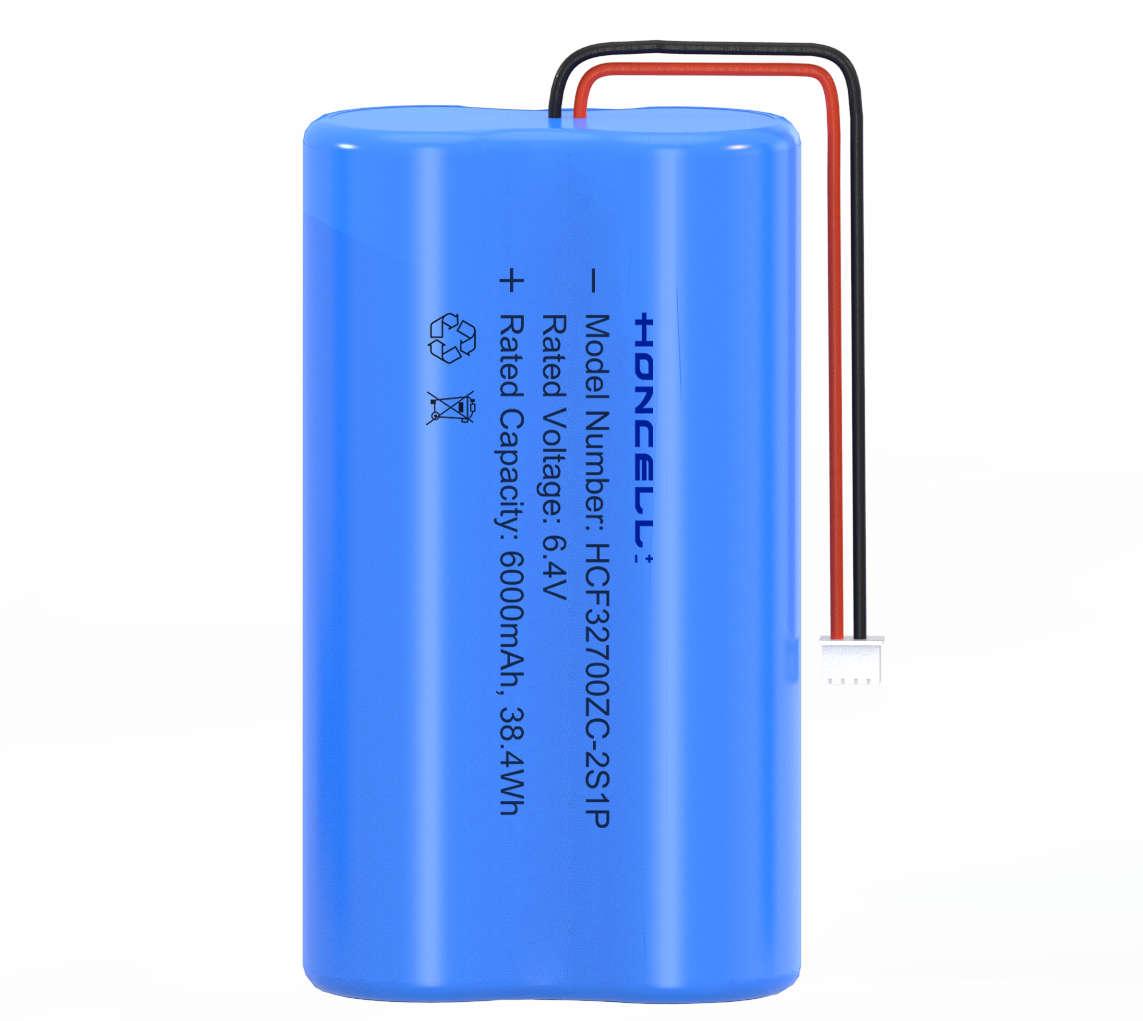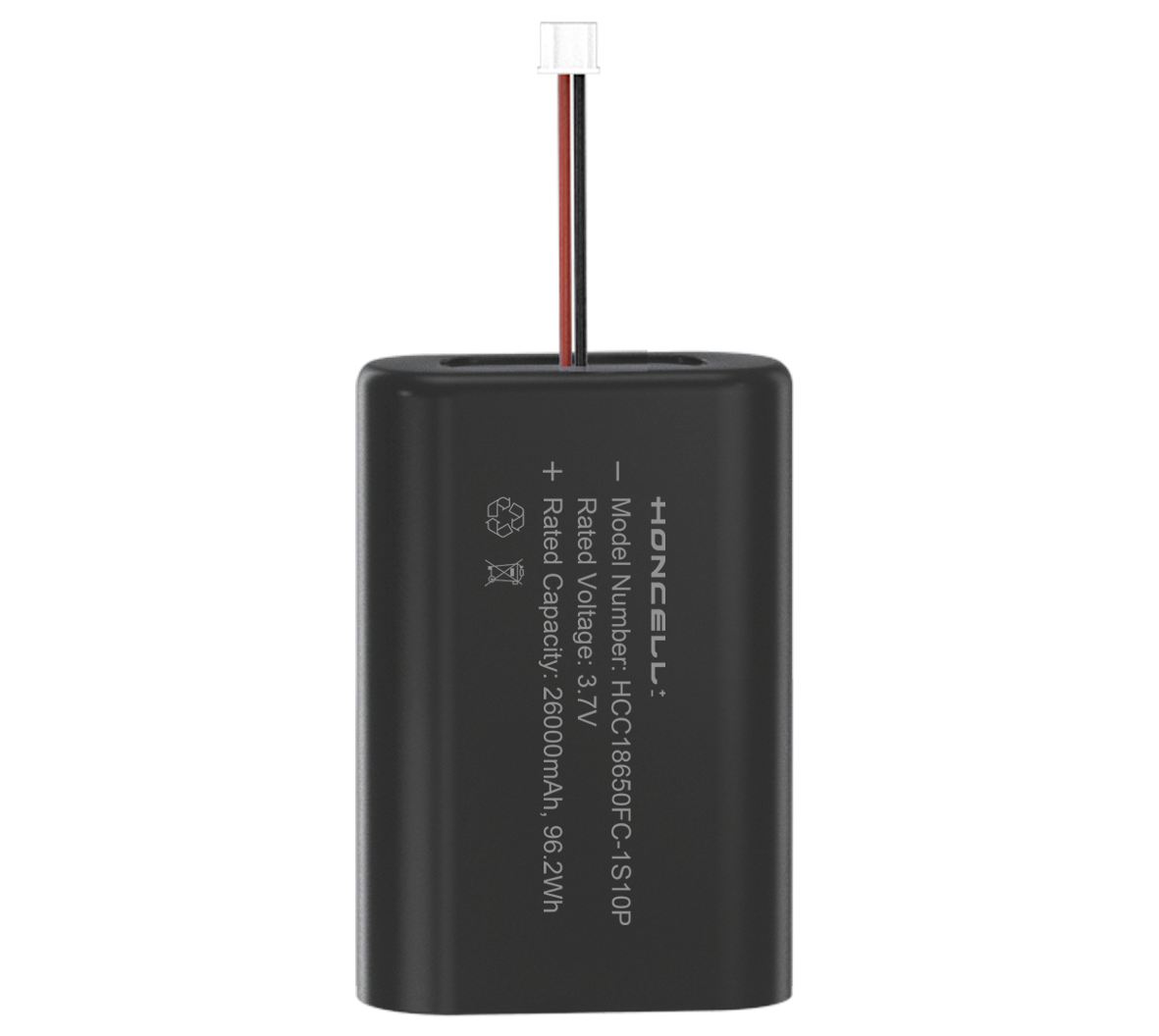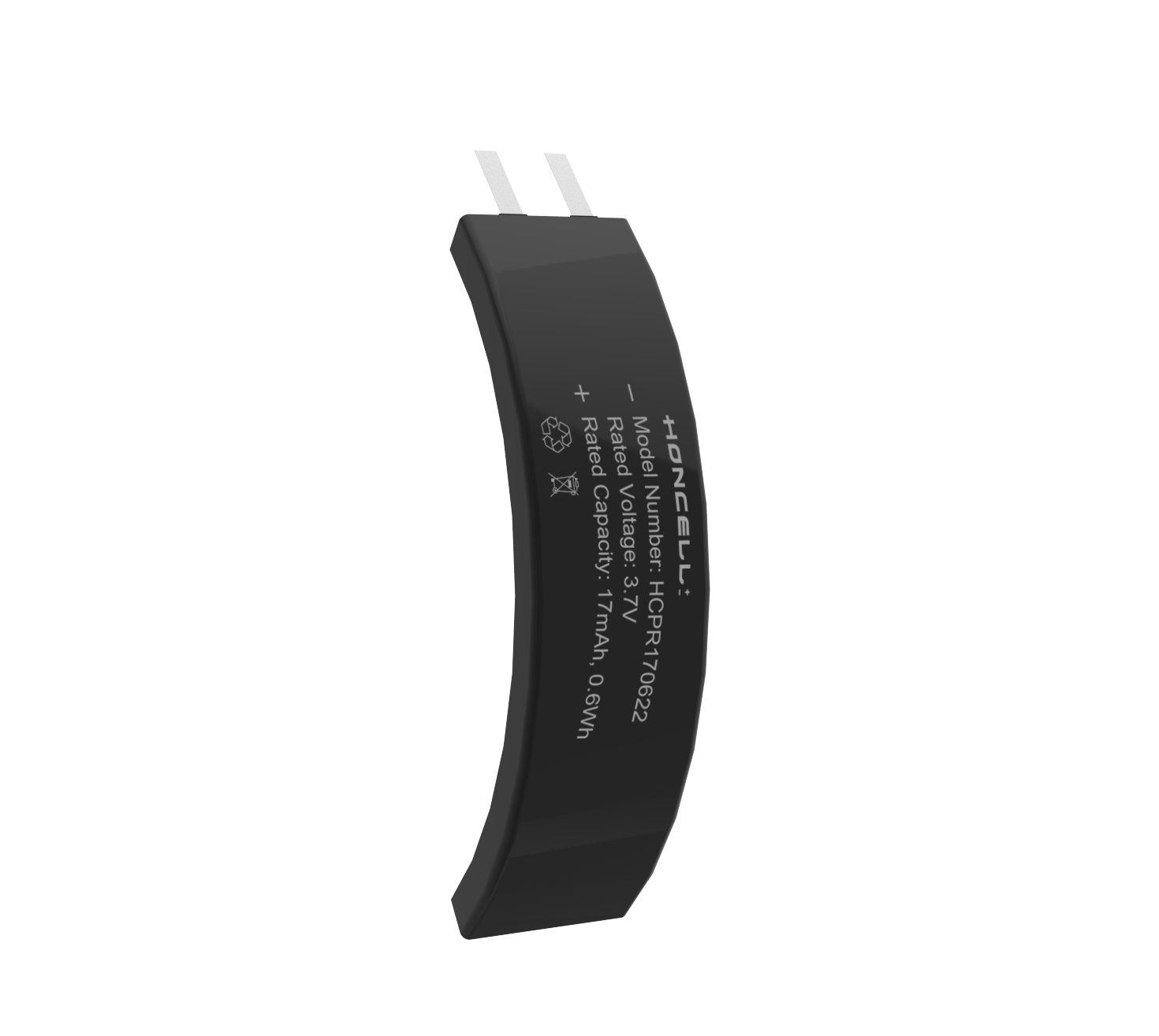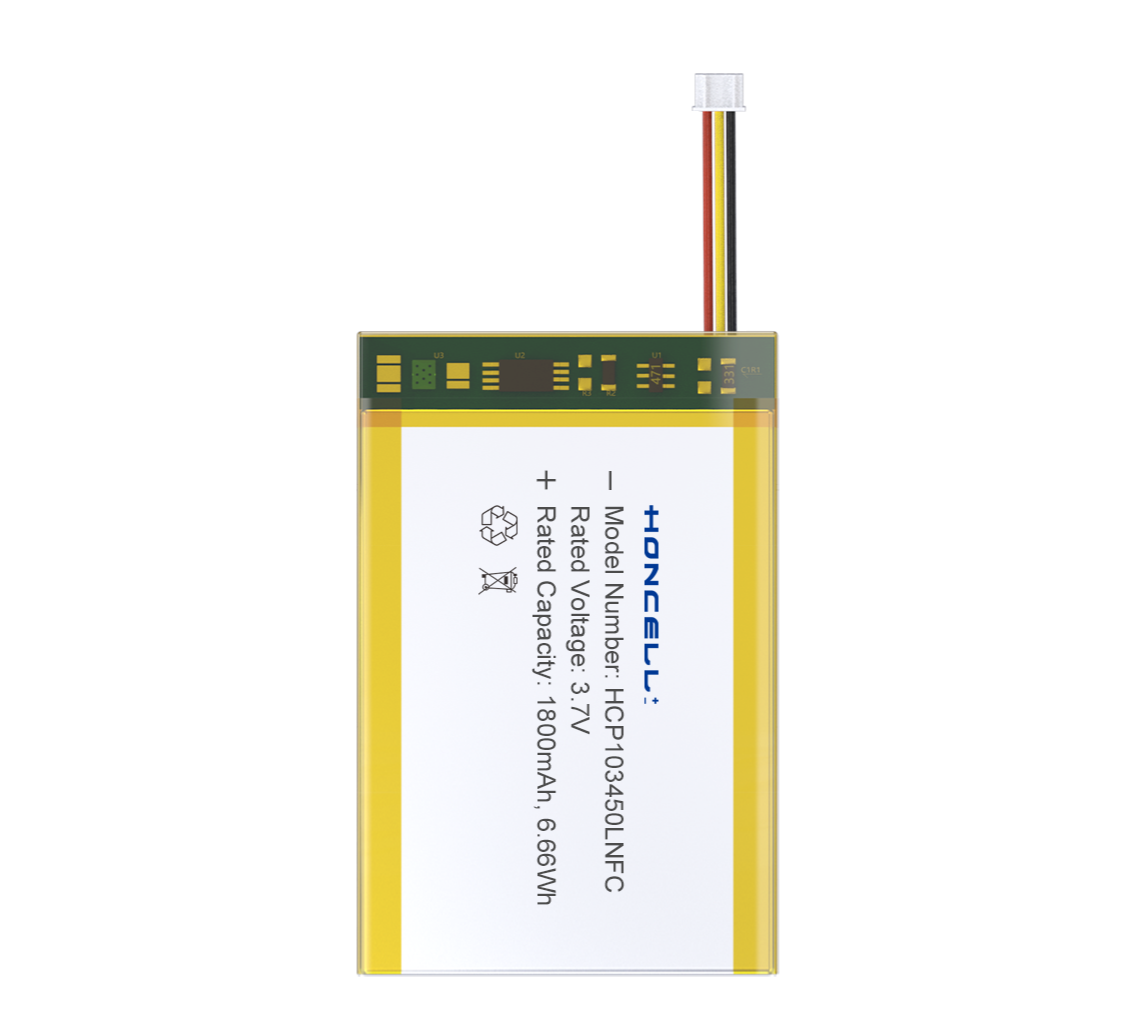Why Lithium Lead Acid Replacement is Revolutionizing Power Systems
As industries face increasing pressure to upgrade aging infrastructure, lithium lead acid replacement has emerged as a $26.8 billion market opportunity. At Honcell, we've helped 400+ enterprises transition to advanced lithium battery solutions, achieving 38% average energy cost reduction. This definitive guide examines why the shift from lead acid to lithium-ion batteries is accelerating across sectors.

The Hidden Costs of Lead Acid Batteries
Common pain points driving replacement demand:
Limited Cycle Life: 300-500 cycles vs 2,000+ for lithium replacements
Low Efficiency: 80% usable capacity vs 95%+ in lithium alternatives
Temperature Sensitivity: -15°C shutdown vs lithium's -30°C operation
Maintenance Demands: Monthly equalization vs maintenance-free lithium systems
Real Impact: A telecom tower operator reduced backup system replacements from 18 to 5 years using our <a href="/lithium-batteries-applications/3c-consumer-electronics" target="_self">3C lithium battery solutions (Case Study: HCP-LFP-1000).
Why Lithium Outperforms Lead Acid: A Qualitative Shift in Power Technology
The transition from lead acid to lithium-ion batteries represents more than just an upgrade—it’s a fundamental rethinking of energy storage capabilities. Here’s how lithium lead acid replacement solutions redefine performance across critical operational dimensions:
1. Longevity: Designed for Persistent Demands
Lead acid batteries struggle with frequent cycling, often requiring replacements long before their lithium counterparts. Lithium solutions, by contrast, thrive under repeated charging and discharging, maintaining reliable performance over years of service. This endurance is particularly valuable in applications like solar energy storage or industrial backup systems, where downtime is not an option.
2. Operational Efficiency: Maximizing Usable Energy
Traditional lead acid systems lose significant capacity due to inherent inefficiencies, forcing users to oversize installations to meet power needs. Lithium batteries deliver near-full utilization of their rated capacity, enabling compact designs without sacrificing runtime. This efficiency advantage extends to charging as well, with lithium accepting energy faster and with minimal losses.
3. Environmental Resilience: Power Through Extremes
Lead acid batteries falter in cold environments, often failing to deliver power when temperatures drop. Lithium alternatives excel across a broader thermal range, operating reliably in both freezing conditions and high-heat scenarios. This ruggedness makes them ideal for outdoor telecom installations, marine applications, or off-grid solar systems.
4. Maintenance and Space Savings
The upkeep demands of lead acid batteries—regular watering, equalization charges, and terminal cleaning—add hidden labor costs. Lithium systems operate maintenance-free, while their superior energy density allows for lighter, smaller installations. This space optimization unlocks new design possibilities, whether upgrading legacy setups or deploying modern 3C lithium battery solutions for high-drain devices.
5. Strategic Cost Evolution
While lead acid batteries may appear cheaper upfront, their shorter lifespan and recurring replacement costs create long-term financial drains. Lithium’s extended service life transforms energy storage into a predictable capital investment rather than an ongoing expense—a shift that aligns with global sustainability goals.
Step-by-Step Replacement Guide
Phase 1: System Assessment
Voltage compatibility check (12V/24V/48V)
Peak current requirements validation
BMS integration needs
Phase 2: Lithium Advantages Optimization
Leverage 50% weight reduction for new layouts
Utilize 30% space savings for auxiliary components
Implement smart monitoring via lithium's digital interfaces
Phase 3: ROI Calculation Framework
Total Savings = (Reduced replacement frequency × unit cost) + (Energy efficiency gains × kWh rate) – (Lithium premium × financing cost)
Industry Average Payback: 2.8 years for commercial systems
Specialized Lithium Solutions by Application
A. 3C Lithium Battery Requirements
Fast-charge capability (<1hr to 80%)
High pulse discharge for power tools
Cycle stability for UPS backup systems
B. Li Polymer Battery Packs for Custom Needs
Flexible IP67-rated enclosures
Custom terminal configurations
Punch-through resistant separators
C. Heavy-Duty Applications
Marine: Salt-spray certified battery groups
Off-grid: Photovoltaic-optimized charge curves
Telecom: -40°C cold-start configurations
Addressing Transition Concerns
Myth 1 Compatibility IssuesFact: Our lithium replacements come with transitional brackets and analog BMS emulation.
Myth 2 Safety RisksSolution: UL1973-certified packs with cell-level fusing and gas vent channels.
Myth 3 Short LifespanReality: Properly installed lithium solutions typically outlast the equipment they power.
Future-Proofing Energy Storage
Emerging trends Paired with Lithium Adoption:
Second-Life Battery Systems: 70% residual capacity repurposing
AI-Optimized Cycling: Machine learning extending cycle life by 20%
Modular Expansion: Stackable units for incremental capacity growth
Honcell's SmartScale™ technology enables 30% capacity upgrades without full system replacement.
Make the Switch Strategic
Transitioning to lithium battery solutions isn't just about energy storage – it's operational transformation. Whether upgrading your 3C lithium battery systems or deploying industrial-scale li polymer battery packs, choose solutions that offer:
Direct lead acid replacement compatibility
10-year performance warranties
24/7 smart monitoring integration
Explore our Lithium Lead Acid Replacement Solutions or consult our engineers for a custom transition roadmap.
Related News
-

 Aug. 2025Why Are Lithium Polymer Batteries the Go-To Choice for Portable Devices?Learn More
Aug. 2025Why Are Lithium Polymer Batteries the Go-To Choice for Portable Devices?Learn More -

 Jun. 2025Revolutionizing Drone Logistics in Cold Climates with Next-Gen BatteriesLearn More
Jun. 2025Revolutionizing Drone Logistics in Cold Climates with Next-Gen BatteriesLearn More -

 Jun. 2025The Future of Smart Glass Batteries: Trends and Innovations for 2025Learn More
Jun. 2025The Future of Smart Glass Batteries: Trends and Innovations for 2025Learn More -

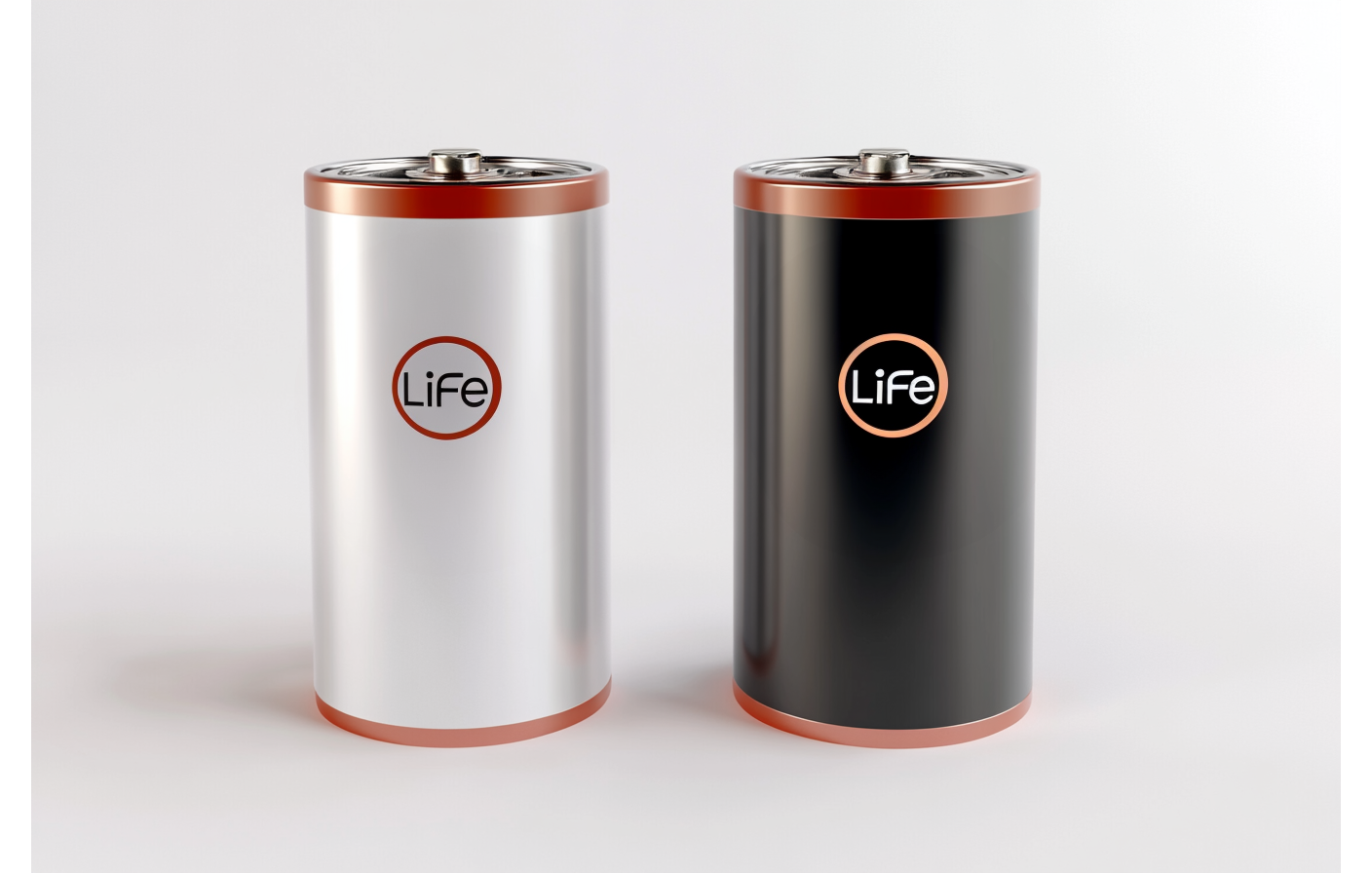 Apr. 2025Top 6 Reasons Why LiFePO4 Lithium Batteries Are Revolutionizing Energy StorageLearn More
Apr. 2025Top 6 Reasons Why LiFePO4 Lithium Batteries Are Revolutionizing Energy StorageLearn More -

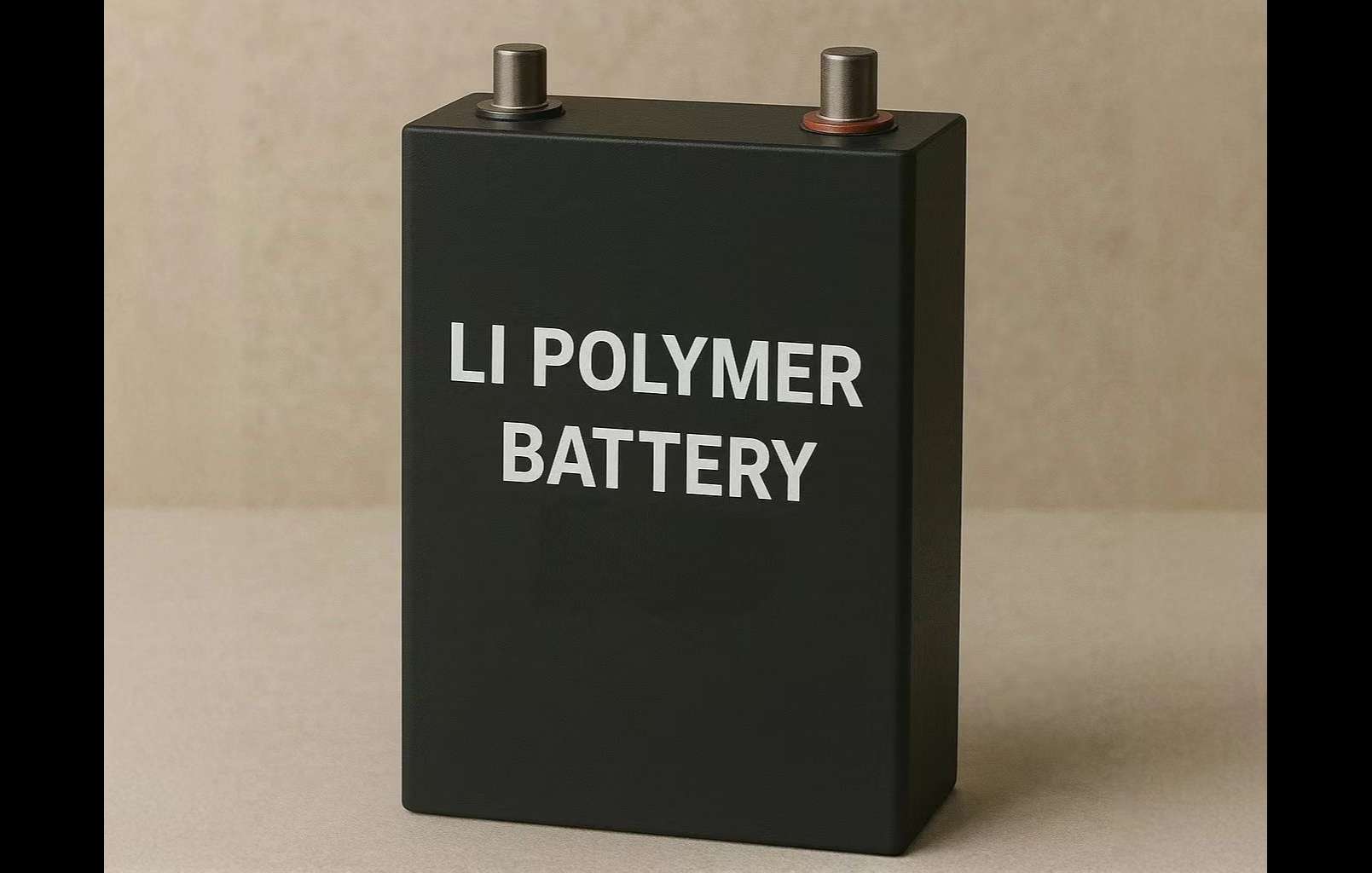 Apr. 2025The Ultimate Guide to Li Polymer Battery Packs: Choosing the Right Power SolutionLearn More
Apr. 2025The Ultimate Guide to Li Polymer Battery Packs: Choosing the Right Power SolutionLearn More -

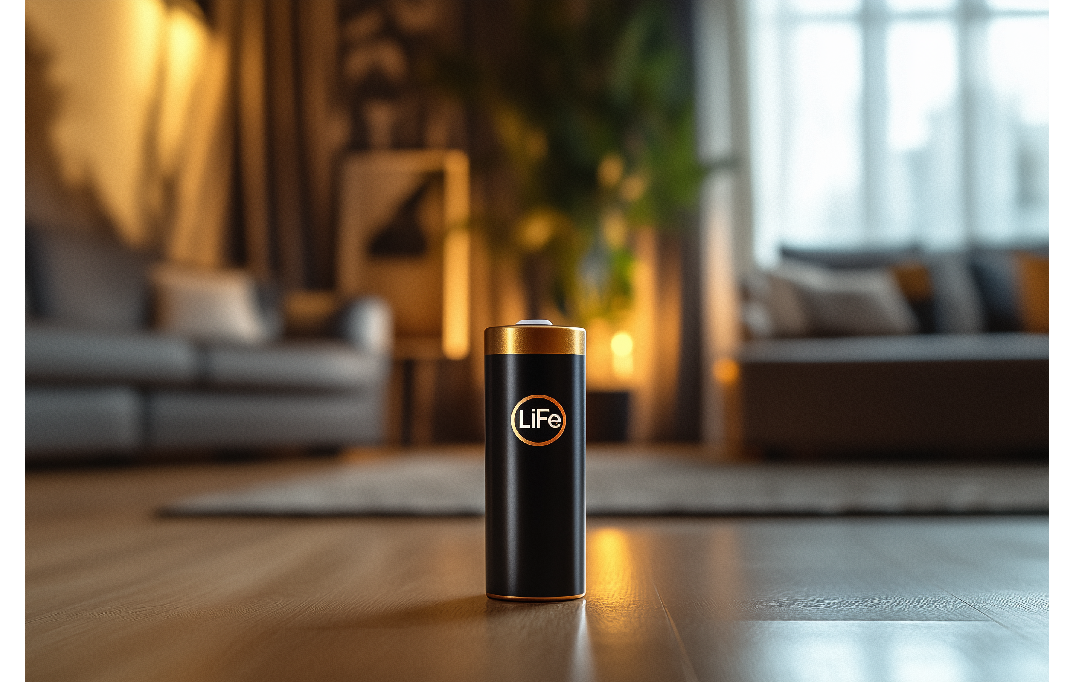 Apr. 2025Why Cylindrical LiFePO4 Cells Are Revolutionizing Energy Storage SolutionsLearn More
Apr. 2025Why Cylindrical LiFePO4 Cells Are Revolutionizing Energy Storage SolutionsLearn More -

 Mar. 2025Understanding LiFePO4 Prismatic Cells: A Comprehensive GuideLearn More
Mar. 2025Understanding LiFePO4 Prismatic Cells: A Comprehensive GuideLearn More -

 Mar. 2025Lithium Iron Phosphate (LiFePO4) vs Lithium-Ion Battery: A Comprehensive ComparisonLearn More
Mar. 2025Lithium Iron Phosphate (LiFePO4) vs Lithium-Ion Battery: A Comprehensive ComparisonLearn More -

 Jan. 2025All You Need To Know About Smart Watch BatteriesLearn More
Jan. 2025All You Need To Know About Smart Watch BatteriesLearn More -

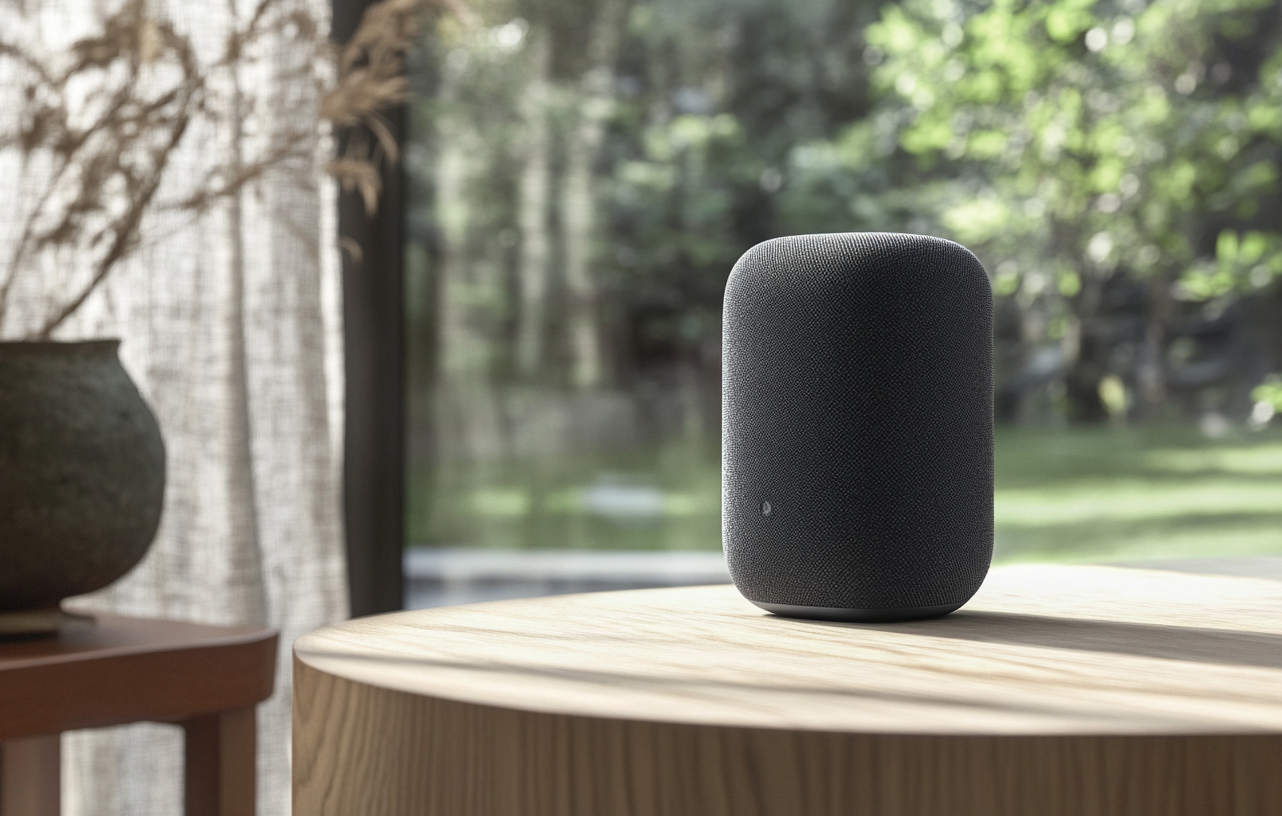 Dec. 2024The Ultimate Guide to Choose the Best Rechargeable Battery for Bluetooth SpeakersLearn More
Dec. 2024The Ultimate Guide to Choose the Best Rechargeable Battery for Bluetooth SpeakersLearn More -

 Nov. 2024How Drone Manufacturers Choose Lithium BatteriesLearn More
Nov. 2024How Drone Manufacturers Choose Lithium BatteriesLearn More -

 Nov. 2024How medical device vendors choose lithium medical batteriesLearn More
Nov. 2024How medical device vendors choose lithium medical batteriesLearn More -

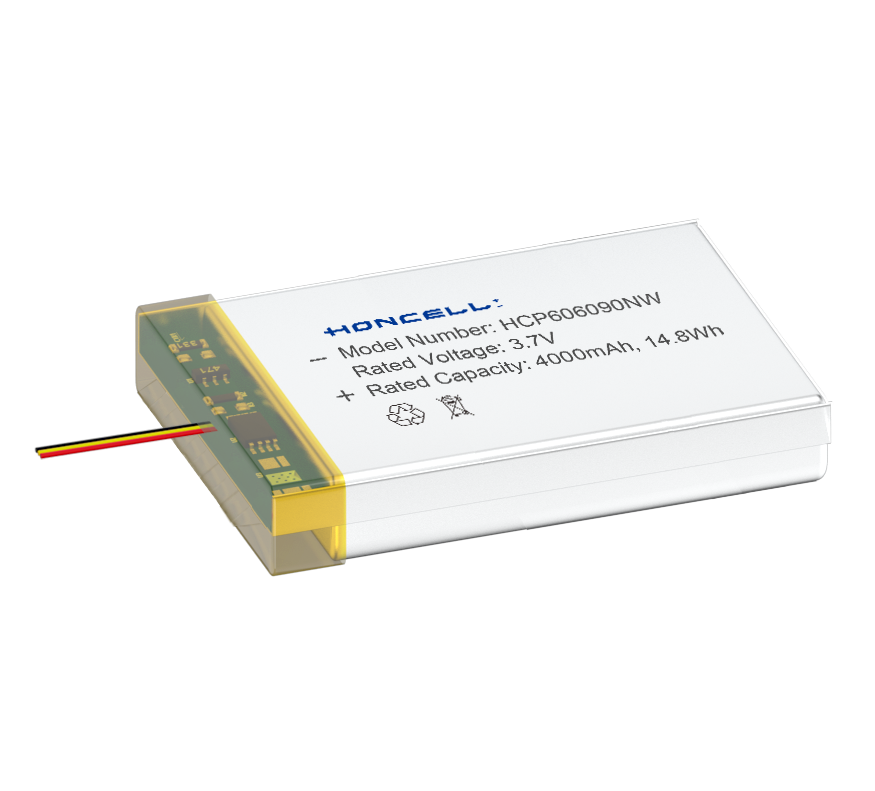 Sep. 2024Why global enterprises should choose Chinese lithium battery manufacturersLearn More
Sep. 2024Why global enterprises should choose Chinese lithium battery manufacturersLearn More -

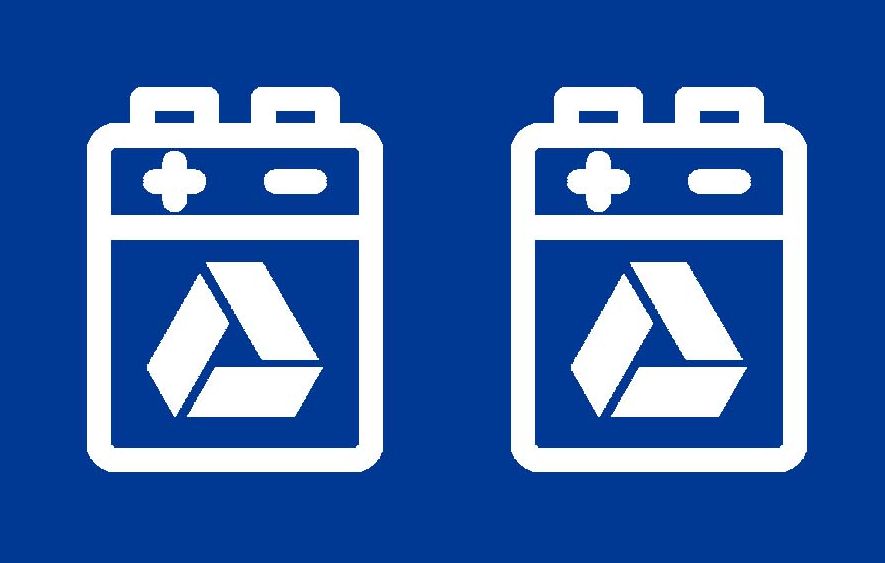 May. 2024How to choose lithium battery customized manufacturersLearn More
May. 2024How to choose lithium battery customized manufacturersLearn More -

 Mar. 2024How to wake up a dormant lithium battery and bring it back to performanceLearn More
Mar. 2024How to wake up a dormant lithium battery and bring it back to performanceLearn More -

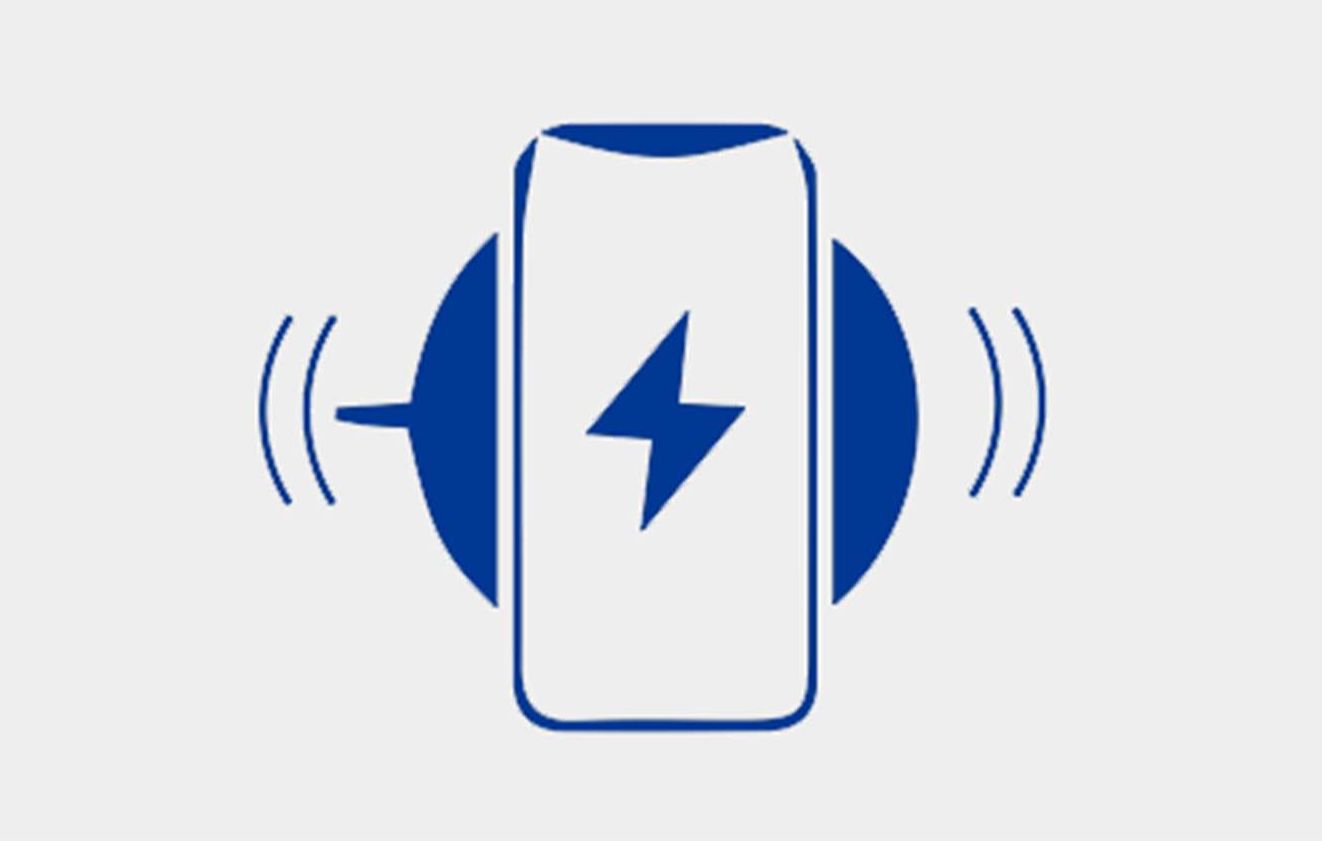 Mar. 2024What should be considered when charging lithium batteriesLearn More
Mar. 2024What should be considered when charging lithium batteriesLearn More



